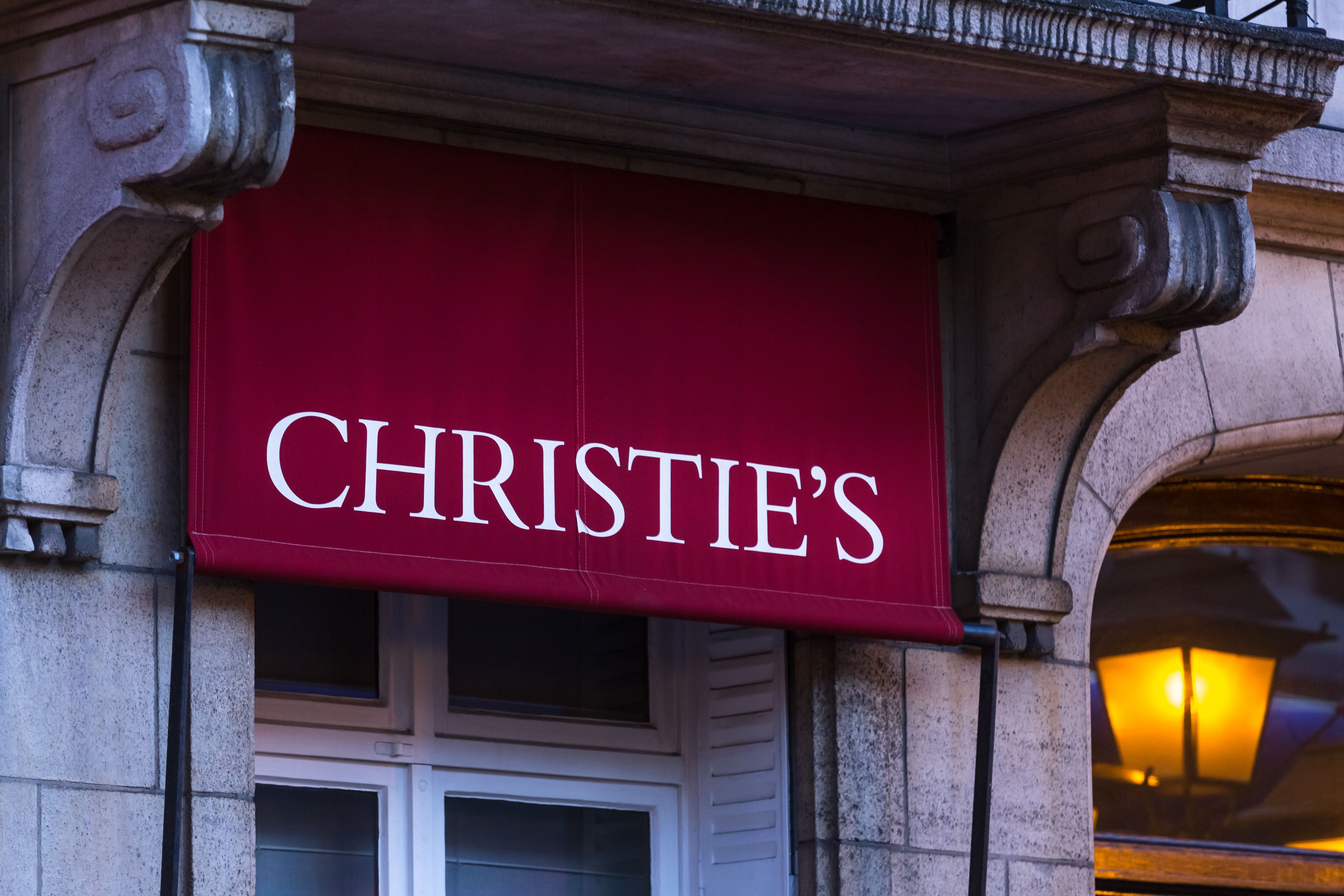
Understanding the Secondary Art Market

First things first – let's clarify the distinction between the primary and secondary art markets. In the primary market, artworks are freshly minted and directly sold by artists or galleries to collectors. It's the realm of first sales, where new pieces find their first homes. On the flip side, the secondary market comes into play when artworks that have already been through this initial transaction are resold, often through auction houses, galleries, or private sales. Understanding these markets sheds light on the lifecycle of art, from its debut to its journey through various hands.
What are the characteristics of the secondary market?
Resale of Artworks: The secondary market involves the resale of artworks that have previously been sold, often multiple times.
Diverse Range of Artworks: It encompasses a wide array of artworks, including both historical and contemporary pieces.
Value Determination: Prices in the secondary market are influenced by factors such as an artist's reputation, artwork rarity, provenance, condition, and current market trends.
 Photo by Tobias Arhelger
Photo by Tobias ArhelgerWho are the key players and entities?
Auction Houses: Major auction houses like Christie's, Sotheby's, Phillips, and Bonhams host auctions for secondary market artworks. These auctions can be in-person or online, providing a platform for collectors to bid on artworks previously owned by individuals or other collectors.
Online Platforms and Marketplaces: Various online platforms specialise in secondary art market sales, often featuring a mix of primary and secondary market artworks for sale, allowing collectors to browse and purchase pieces from various periods and artists. There are also specialised platforms and membership-based services that cater specifically to high-net-worth collectors interested in buying and selling art in the secondary market. These platforms often provide exclusive access to certain artworks and facilitate private sales among their members.
Galleries and Dealers: Some art galleries and dealers also engage in secondary market sales. They might acquire artworks from collectors or estates and offer them for resale. This practice is more common among established galleries with a focus on secondary market works.
Private Sales and Art Fairs: Private sales between collectors, often facilitated by galleries or advisors, can occur in the secondary market. Additionally, certain art fairs might include secondary market works alongside primary market offerings.

What influences secondary market sales?
Private Sales and Art Fairs: Private sales between collectors, often facilitated by galleries or advisors, can occur in the secondary market. Additionally, certain art fairs might include secondary market works alongside primary market offerings.
Artist Reputation: Established artists with strong auction records and demand often command higher prices in the secondary market.
Provenance and Authenticity: A clear and reputable provenance, along with authentication by recognised experts, can significantly impact an artwork's value.
Condition and Conservation: The condition of an artwork is crucial; its conservation history can affect its desirability and value.
Market Trends and Demand: Shifts in art market preferences, including increased interest in specific artists or movements, affect secondary market prices.
What should I know when trying to navigate the secondary market?
Market Trends and Pricing: Keep abreast of current art market trends, auction results, and pricing to make informed buying or selling decisions.
Research and Due Diligence: Thoroughly research an artwork's history, provenance, condition reports, and its sales history. Seek expert advice if needed.
Building Relationships: Cultivate relationships with trusted dealers, advisors, and collectors who specialise in the secondary market. Networking can offer access to exclusive opportunities.
When navigating the secondary art market, buyers should research provenance, condition reports, and authenticity of the artwork. Navigating the secondary market, especially through auction houses, requires market knowledge, research, and strategic bidding to acquire artworks of interest. Understanding the history of ownership and the artwork's documentation is crucial.
Additionally, engaging with reputable sellers or platforms can help ensure a smoother and more reliable transaction. See what FairArt is doing to ensure that all users can buy and sell on the platform in confidence - all transactions are protected by the FairArt Guarantee.